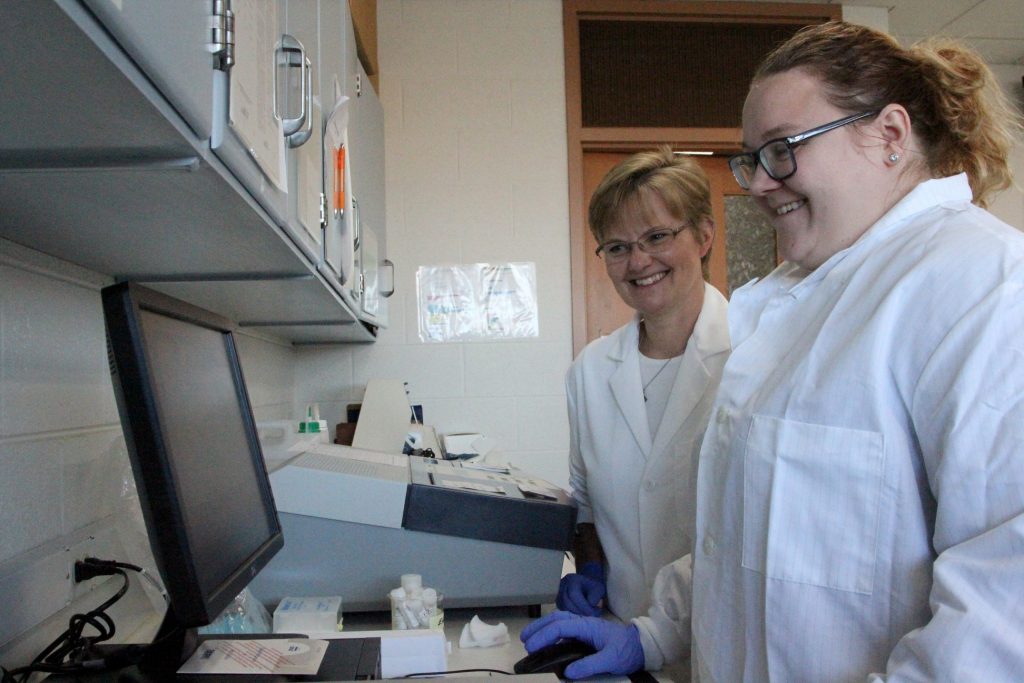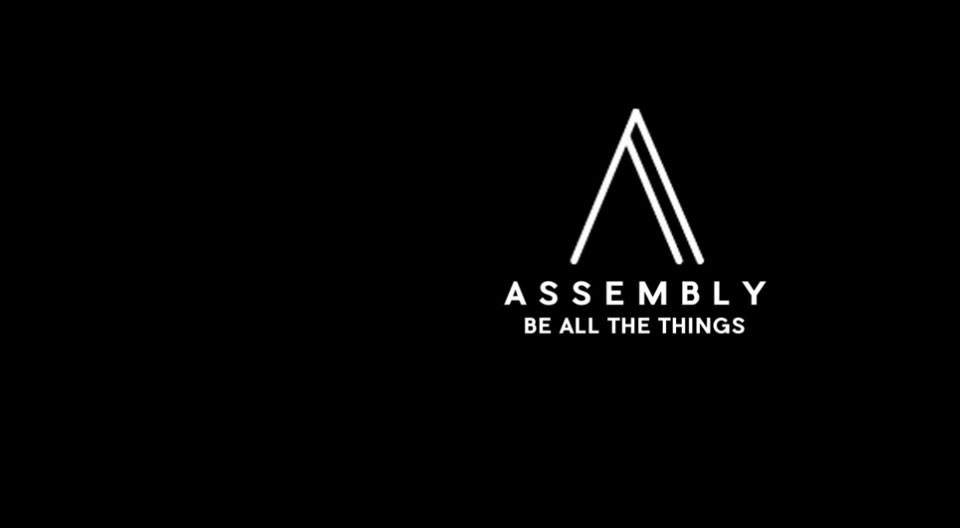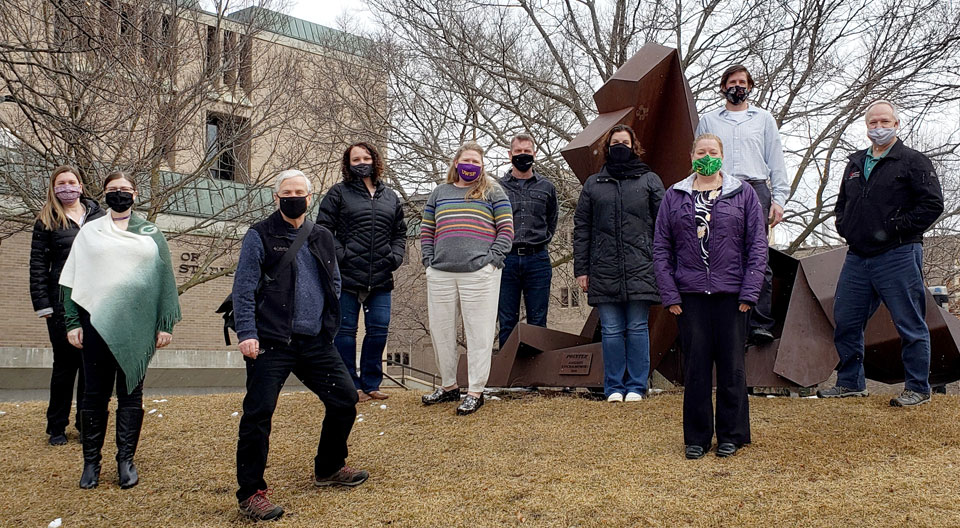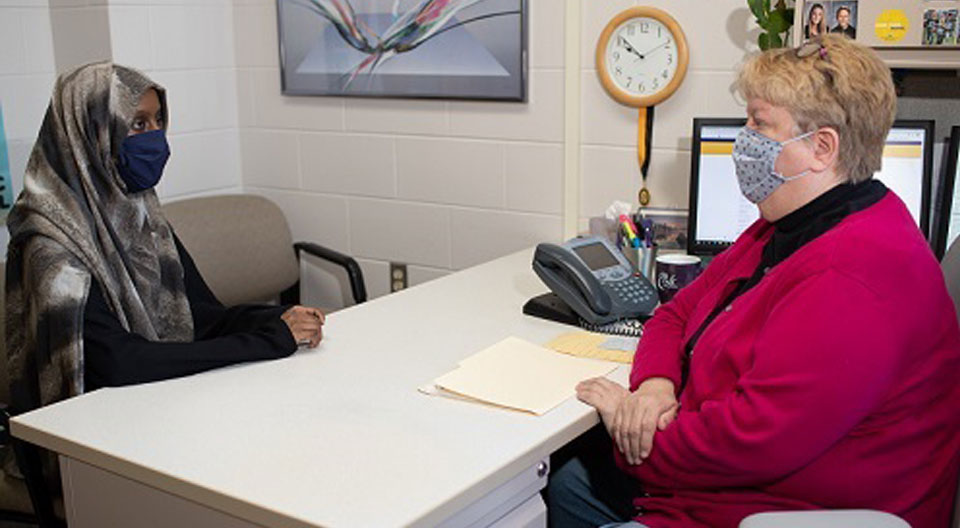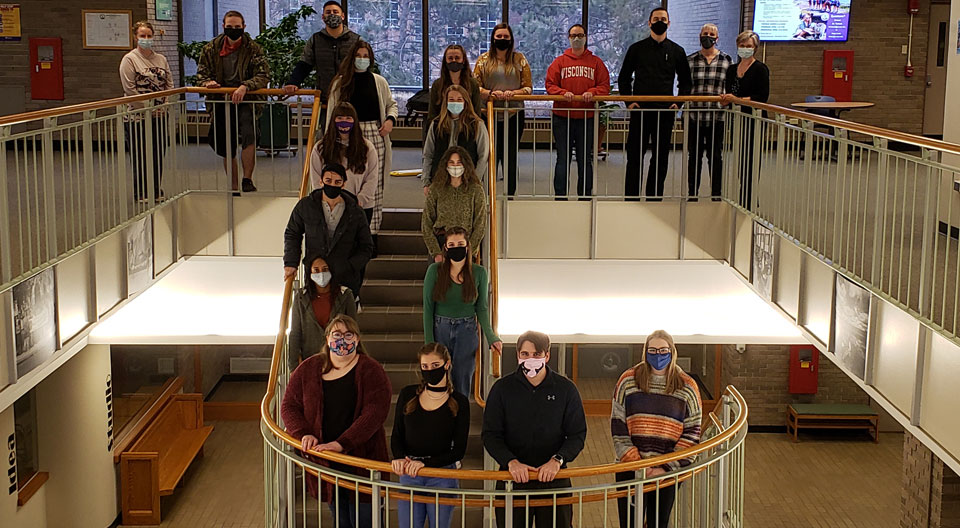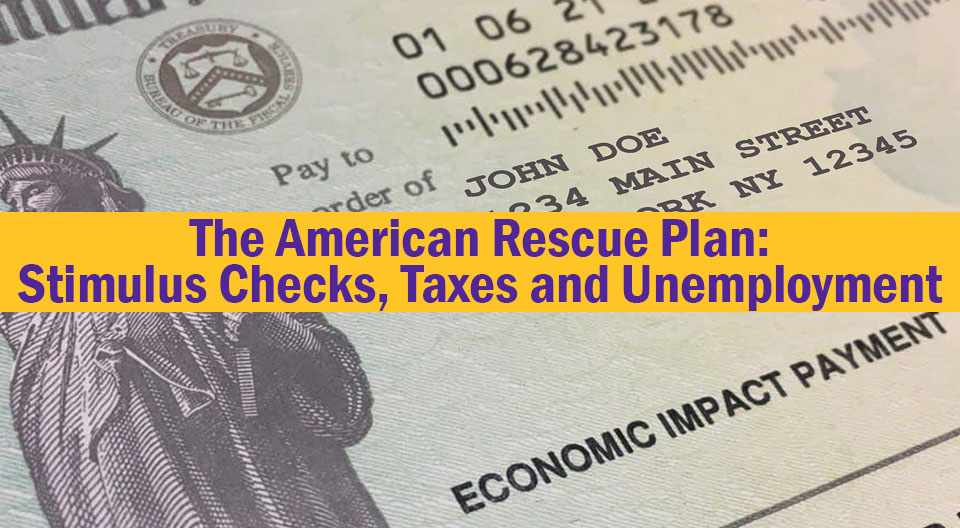We’ve all likely heard the statistic: 70% of medical decisions are based on laboratory diagnostics. During Medical Laboratory Professionals Week, aka “Lab Week” we are reminded of this and other ways we make meaningful impact in patient care. It’s a week of celebration, but also a week to heighten the visibility of our careers, as […]
More...Category Archives: Academics
Embracing Opportunity by Belief in What’s Next
Since my span of formal engagement with the UW-Stevens Point MBA program came to a conclusion, it’s as if I haven’t stopped realizing and therefore discussing the nearly routine life changes I’ve experienced over the last several months–job transitions, marriage and relocation to name a few. I think it’s only fair to mention that when […]
More...Be All The Things Scholarship announces endowment goal
UW-Stevens Point MBA Candidate Quyen Hom announced her Be All The Things Scholarship for BIPOC and non-traditional students is now in a public fundraising campaign with a goal of raising $50,000 for the endowment with the UWSP Foundation. Queyen is currently the owner of Assembly Shop and is serving as the MBA Entrepreneur in Residence. […]
More...DPT Curriculum Retreat
Progress is key when it comes to physical therapy … and that’s exactly what happened during the Doctor of Physical Therapy (DPT) curriculum retreat this week as core faculty, affiliated faculty and an advisory board member reviewed every course, every classroom, every lab and every piece of equipment to prepare for a launch date of May 2022, […]
More...Campus Connections Podcast features Ed.D. student
A candidate in the Doctor of Education (Ed.D.) in Educational Sustainability program at the University of Wisconsin-Stevens Point was a guest on a national podcast March 17, 2021. Cohort 3 student Emily Norman is featured on an episode of Campus Connections, a podcast about education, culture and relationships. Norman, the director of Residence Life and […]
More...Women’s History Month: Saluting UW-Stevens Point faculty and staff – Maggie Beeber
Maggie Beeber has dedicated her career to advising and helping license students as teachers as the School of Education Undergraduate Advising Coordinator and Teacher Certification Officer. It was the job she never knew she wanted. As an elementary education major at UW-Stevens Point in the late 80s, she worked in the school’s office, assisting students […]
More...2021 Clinical Laboratory Science placement signing day
After an extensive interview process with health care organizations, 19 students in the clinical laboratory science (CLS) program at the University of Wisconsin-Stevens Point are set to be placed at facilities around the state for six- and nine-month clinical practicums beginning in fall 2021. [View Photos] Current students and graduates of the clinical lab program […]
More...The American Rescue Plan: Stimulus Checks, Taxes and Unemployment
The American Rescue Plan has been signed into law by President Biden. To obtain passage by both the House and Senate, the Act was modified from what was initially proposed by the Biden Administration. The modifications include lower income limits for stimulus eligibility and the elimination of any increase in the minimum wage. This blog […]
More...Corporate Taxes: The Difference Between the Corporate Tax Rate and Taxes Paid
Another topic that generally gets discussed a lot in economics (and politics) is corporate taxes. It’s also one of the more complex subjects, because it is not always easy to determine what a company actually pays in taxes. It can be done, but it’s not necessarily easy. The primary objective of this blog is to […]
More...UWSP hosts Educators Rising Virtual Summit
In an effort to tackle the statewide teacher shortage, Educators Rising Wisconsin and the UW-Stevens Point School of Education virtually hosted nearly 130 students grades 6-12 during the annual Educators Rising Summit and Competition on Wednesday, March 3. [View Photos] “Educators Rising helps students develop strong leadership traits that are required of today’s high quality […]
More...
